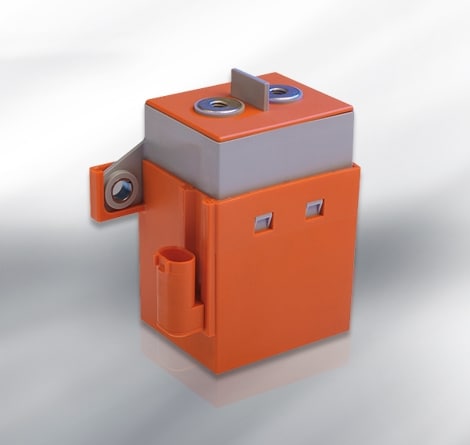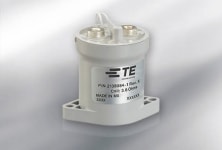
High-Voltage Contactors: Safely connect and disconnect
Our automotive contactors are engineered to provide safe disconnection and connection of the traction battery. Our portfolio includes EVC 175, EVC 250, and EVC 250-800 models. Our EVC 135 and EVC 500 connectors provide fast and reliable current switching. Our Mini K HV pre-charge relays offer a cost-effective, safe, and lightweight solution for DC high-voltage power systems. Our automotive high-current contactors comply with demanding switching requirements of hybrid and electric vehicles, and fuel cell vehicles and charging systems.
Explore Automotive High Voltage Relays & Contactors
Frequently Asked Questions
Automotive Contactors
Q: What is the difference between a relay and a contactor?
A: In general, both terms designate an electromechanical switching device, working on the same physical principle, where a coil is used to generate a magnetic force that mechanically operates an electric contact. While the term relays is widely used in various industries for low and medium power devices, the term contactor is more common in the high power area. The magnetic “motor” is typically realized with a plunger in the center of the coil body for contactors, as opposed to a hinged armature design, which is normally used for relays.
Q: The new generation of contactors works without a gas-filling. What is the advantage of non gas-filled contactors? Can a gas filled contactor rupture?
A: In order to protect the switching contacts, and to support a quick extinguishing of switching arcs, many contactors are filled with pressurized inert gas. Nitrogen or Hydrogen is commonly used, SF6 (Sulfur-hexafluoride) is also applied, mainly in industrial applications. On the flip side, a pressurized gas filling requires a lot more effort in the design and the manufacturing process, to ensure a reliable holding of the gas throughout the lifetime of the contactor. As such contactors must be hermetically sealed by nature, it also bears the risk of rupture, when extremely strong arcing – in case of high over-currents or short-circuits – generates excess gas pressure inside the contact chamber. TE’s latest contactor designs therefore work with no inert gas, also eliminating the need for a hermetic seal. These designs are still environmentally protected against pollution and allow a gas exchange and an equalization of inside and outside pressure, which practically eliminates the risk of rupture in case of extreme arcing.
Read more FAQs about high voltage automotive contactors and relays
 e
e




